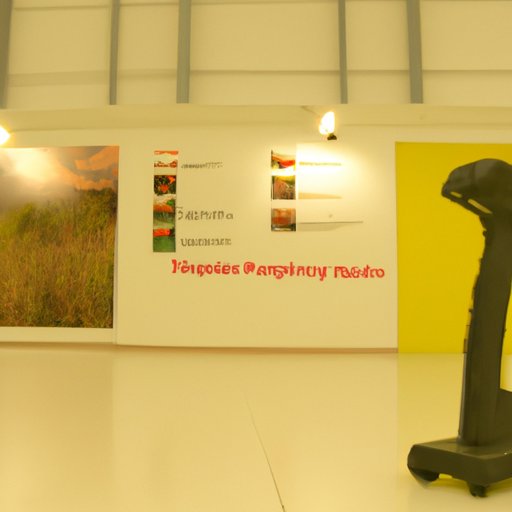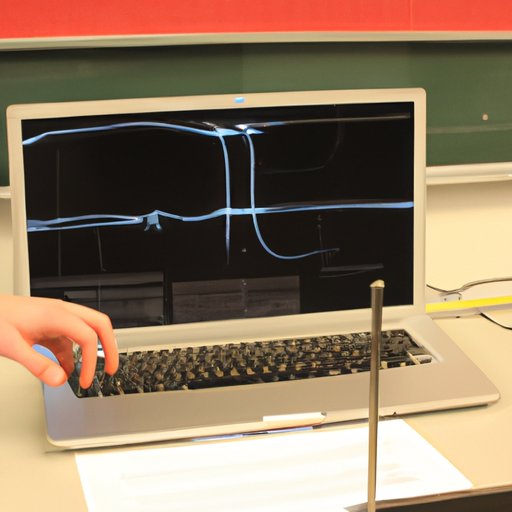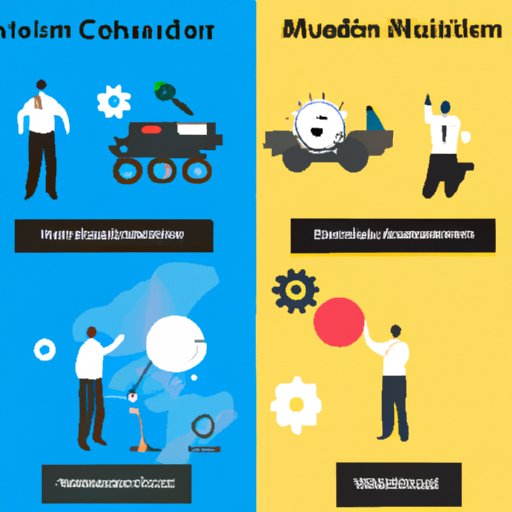An Overview of Motion Science: What It Is and How It’s Used
Motion science is the study of movement, including the principles of physics, mathematics, and engineering that are used to understand and create motion. It is an interdisciplinary field that combines elements from many different fields, including robotics, automation, control systems, and computer science. Motion science is used to improve efficiency and accuracy in a variety of industries, from manufacturing and automotive to healthcare and aerospace.
At its core, motion science involves the analysis of how objects move and interact with each other. This includes understanding how forces such as gravity and friction affect the motion of an object, as well as the effects of inertia, momentum, and acceleration. By studying the physics of motion, scientists and engineers can create systems that can accurately predict, control, and manipulate the movement of objects.
Motion science is used in a variety of everyday applications, from controlling the movement of robots and autonomous vehicles to improving the accuracy of manufacturing processes. It is also used in the development of industrial automation systems, which allow machines to work more efficiently and reduce the need for human labor. Motion science is even being used to help improve safety in transportation and healthcare settings.
Exploring the Physics Behind Motion Science
The principles of motion science are based on the laws of physics. These laws include Newton’s three laws of motion, which describe the relationship between force, mass, and acceleration. The laws of motion state that an object will remain at rest or in uniform motion in a straight line unless acted upon by an external force. In other words, the motion of an object is determined by the forces acting on it.
In addition to the laws of motion, motion science also involves the study of different types of motion, such as linear and rotational motion. Linear motion is when an object moves in a straight line, while rotational motion occurs when an object spins around a fixed point. The study of these types of motion is important for understanding how machines and vehicles move and how they can be controlled.
Motion science also relies heavily on mathematics and physics. Mathematics is used to analyze the motion of objects and calculate their trajectories. Physics is used to understand the forces and energy involved in motion. By combining these two disciplines, scientists and engineers can create accurate models of motion that can be used to design and build machines and vehicles.

Examining the Benefits of Motion Science in Everyday Life
Motion science has numerous applications in everyday life, from improving safety to increasing productivity. One of the most important benefits of motion science is improved safety. By using motion science to better control machines and vehicles, accidents and injuries can be prevented. This is especially important in transportation, where motion science can be used to create autonomous vehicles that can avoid collisions and operate safely.
In addition to safety, motion science can also be used to increase accuracy in manufacturing processes. For example, motion science can be used to create more precise robotic arms that can perform complex tasks with greater accuracy. This can lead to higher quality products and fewer defects, resulting in cost savings for manufacturers.
Finally, motion science can be used to increase productivity in industrial settings. By using motion science to automate certain tasks, workers can be freed up to focus on more complex tasks, resulting in increased efficiency and output. This can lead to increased profits and a more efficient use of resources.

Analyzing the Different Types of Motion Science Applications
Motion science can be used in a variety of applications, from robotics and autonomous vehicles to industrial automation. Robotics is one of the most common applications of motion science, as robots rely on accurate and precise control of their movements in order to carry out tasks. Autonomous vehicles also use motion science to navigate their environment and avoid obstacles.
Industrial automation is another area where motion science is used. Automation systems can use motion science to control the movement of machines, allowing them to perform tasks with greater accuracy and efficiency. This can lead to higher quality products and lower costs for manufacturers.

Investigating the Role of Technology in Motion Science
Advances in technology have made motion science more efficient and accurate than ever before. Artificial intelligence (AI) and machine learning (ML) are increasingly being used to develop more sophisticated motion science systems. AI and ML can be used to analyze data and create models that can predict the motion of objects more accurately.
Virtual reality (VR) and augmented reality (AR) are also playing an increasingly important role in motion science. VR and AR can be used to simulate real-world environments and test motion science systems in a safe and controlled environment. This can help engineers and scientists identify potential problems and develop solutions more quickly.
The Impact of Motion Science on Education and Career Opportunities
Motion science is becoming increasingly important in today’s world, and there is a growing demand for professionals who are knowledgeable in this field. As a result, educational programs focusing on motion science are becoming more common. Many universities now offer degree programs in motion science, giving students the opportunity to gain the skills and knowledge necessary to pursue a career in this field.
Job opportunities related to motion science are also increasing. Companies in a variety of industries, from manufacturing to healthcare, are looking for professionals with expertise in motion science. These jobs range from entry-level positions to high-level research roles. Pursuing a career in motion science can provide a variety of benefits, from competitive salaries to job satisfaction.
Conclusion
Motion science is a rapidly growing field, and its importance is only increasing. From improving safety to enhancing accuracy and productivity, motion science has a wide range of applications in everyday life. It is also creating new opportunities in education and the workforce, making it an exciting field to explore.
(Note: Is this article not meeting your expectations? Do you have knowledge or insights to share? Unlock new opportunities and expand your reach by joining our authors team. Click Registration to join us and share your expertise with our readers.)
